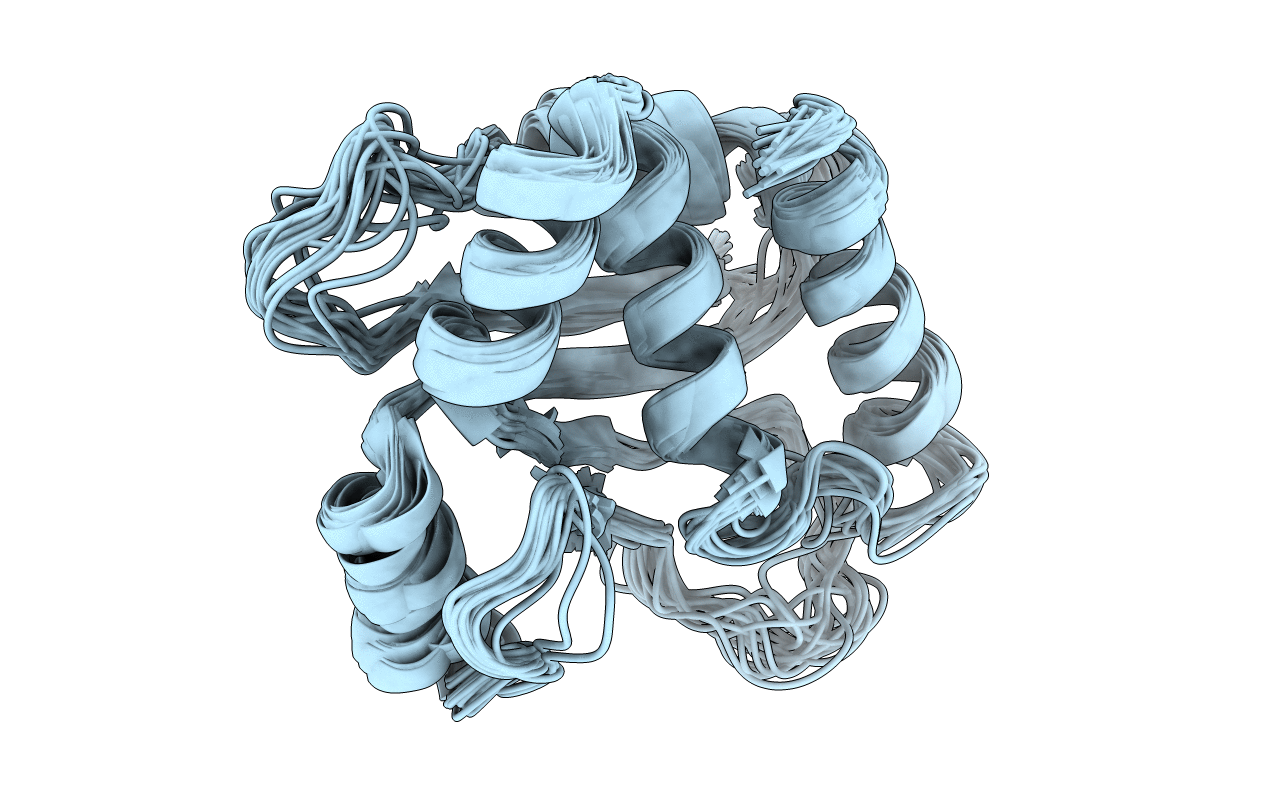
Deposition Date
2004-08-26
Release Date
2005-01-18
Last Version Date
2024-05-22
Entry Detail
PDB ID:
1XAX
Keywords:
Title:
NMR structure of HI0004, a putative essential gene product from Haemophilus influenzae
Biological Source:
Source Organism:
Haemophilus influenzae (Taxon ID: 727)
Host Organism:
Method Details:
Experimental Method:
Conformers Calculated:
100
Conformers Submitted:
20
Selection Criteria:
structures with the least restraint violations


